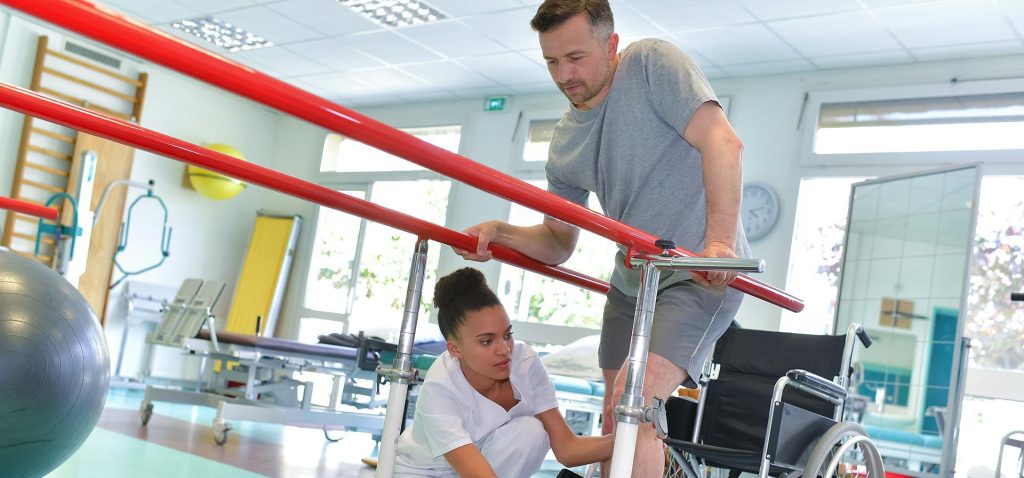Occupational Therapy Telehealth – Bringing Supportive Care In House

While telemedicine is often considered to be a tool for emergency care, monitoring and traditional outpatient care models, the use cases are expanding quickly into other allied health care areas like physical therapy, occupational therapy, nutrition and more.
“Telerehabilitation” has proven to improve clinical outcomes for patients in many instances without the considerable cost of travel for providers. While telemedicine may not be a full replacement for in-person occupational therapy care, the supplemental benefits are considerable, and the increased access to care for those in remote areas or without access to transportation and in-home care is tremendous.
The American Occupational Therapy Association, as reported in the American Journal of Occupational Therapy, supports telerehabilitation and telehealth in the field. Both sources note that more study is needed on outcomes, but the information that is presently available indicates similar or better outcomes for patients who participate in a telehealth program for occupational therapy.
Increase Access To Care
Occupational therapy telehealth significantly impacts access to care for patients in remote areas who do not have access to services often found in urban areas. While home health care and in-facility care may be plentiful in more populous areas, those who need rehabilitative care in rural locations often go without treatment due to distance. Telerehabilitation provides a viable solution without the increased cost burden of physically delivering individuals into rural areas for short periods of time.
Improving Access to Specialty Care
Treatment shortages are prevalent even in highly populous areas, and telerehabilitation extends access to care by reducing distance and allowing highly skilled therapists to visit multiple locations without travel. These services often work in tandem with occupational therapy assistants who can facilitate in-person treatment while the occupational therapist remotely monitors treatment. In some cases, even the assistants may be able to interact with the patient remotely. While there are different workflows and use cases for each program, there are many new options for delivering care. By working with the right telehealth company, like Mend, organizations can develop customized workflows that meet their specific needs.
Where Occupational Therapy Telehealth Can Impact
According to the American Journal of Occupational Therapy, telehealth has implications in multiple treatment areas including “developing skills; incorporating assistive technology and adaptive techniques; modifying work, home, or school environments; and creating health-promoting habits and routines.” These vital skills can be evaluated without in-person care. Remote occupational therapists can examine environments and make suggestions for improvement. They can review current field-specific technological usage from a distance while still providing valuable feedback and direction for the patient. Telerehabilitation services can be used to discuss routines, provide feedback on areas that require improvement and offer supportive direction for those who need motivational interviewing.
AJOT also noted that telehealth for occupational therapy can improve access to services and therefore improve quality of life.
No Limit On Age or Demographics
The American Journal of Occupational Therapy does not note any specific restrictions on age or demographics for telehealth. In fact, they report multiple populations where tools have proven efficacy, and some that they feel could continue to improve with further study. Telerehabilitation is supported for children and adolescents in school-based settings for skills development, aging populations for reducing hospitalizations and improving self-management and rehabilitation/mental health for assistance with activities of daily living in multiple affected populations.
While occupational therapy telehealth remains an emerging field and requires additional study to further grow the available knowledge base, the numbers that exist show improvement in fields regardless of age, location or demographic. Telerehabilitation may not replace the value of in-person care in some instances, but it can provide supportive and supplemental care that, at a minimum, increases access to services and considerably reduces the cost of care delivery.